761982
Dibenzocyclooctyne-PEG4-alcohol
for Copper-free Click Chemistry
Sinônimo(s):
Polyethylene glycol, DBCO-PEG4-OH
About This Item
Produtos recomendados
Nível de qualidade
forma
solid
adequação da reação
reaction type: click chemistry
reagent type: linker
pf
50-60 °C
grupo funcional
hydroxyl
temperatura de armazenamento
−20°C
cadeia de caracteres SMILES
O=C(CCCCC(NCCOCCOCCOCCOCCO)=O)N1CC2=C(C=CC=C2)C#CC3=C1C=CC=C3
InChI
1S/C29H36N2O6/c32-16-18-36-20-22-37-21-19-35-17-15-30-28(33)11-5-6-12-29(34)31-23-26-9-2-1-7-24(26)13-14-25-8-3-4-10-27(25)31/h1-4,7-10,32H,5-6,11-12,15-23H2,(H,30,33)
chave InChI
ZZXWONCQAFVJHM-UHFFFAOYSA-N
Aplicação
Código de classe de armazenamento
11 - Combustible Solids
Classe de risco de água (WGK)
WGK 3
Ponto de fulgor (°F)
Not applicable
Ponto de fulgor (°C)
Not applicable
Escolha uma das versões mais recentes:
Já possui este produto?
Encontre a documentação dos produtos que você adquiriu recentemente na biblioteca de documentos.
Os clientes também visualizaram
Artigos
Copper-free click chemistry is an alternative approach to click chemistry that proceeds at a lower activation barrier and is free of cytotoxic transition metal catalysts.
Nossa equipe de cientistas tem experiência em todas as áreas de pesquisa, incluindo Life Sciences, ciência de materiais, síntese química, cromatografia, química analítica e muitas outras.
Entre em contato com a assistência técnica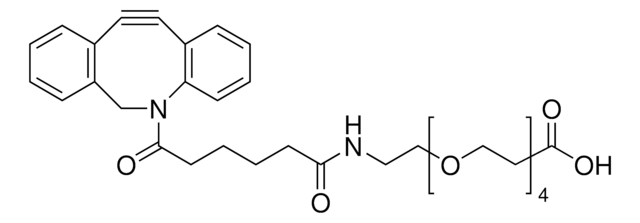
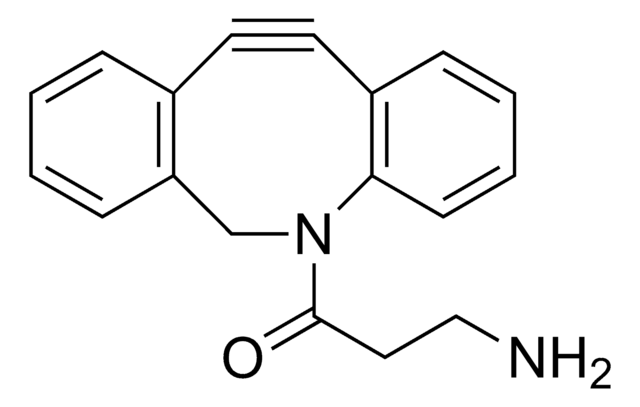


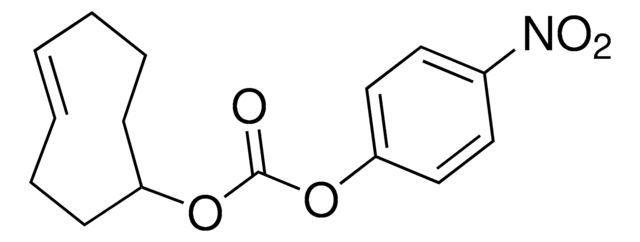

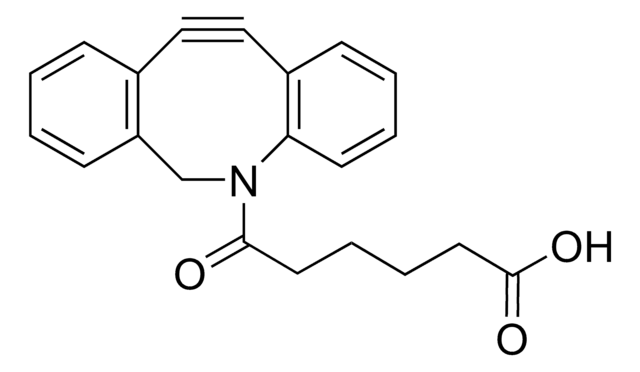

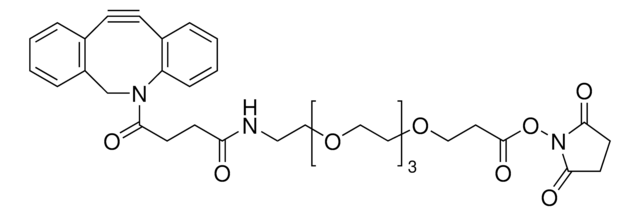
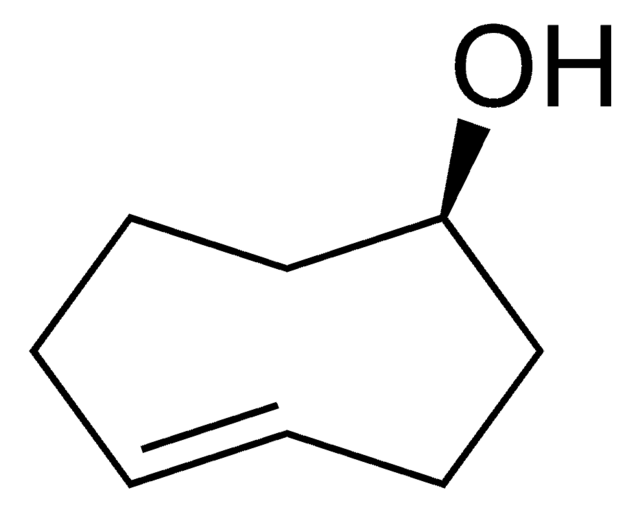
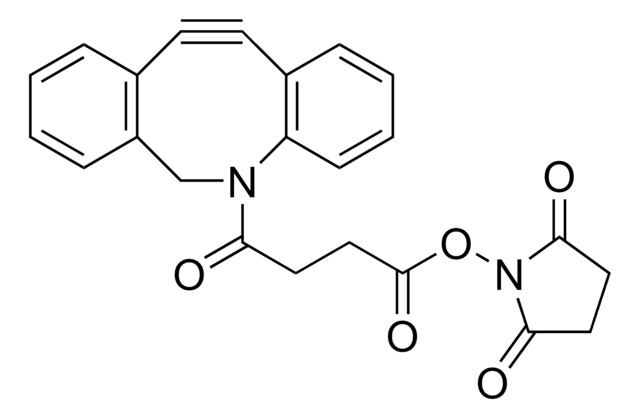
![N-[(1R,8S,9s)-Bicyclo[6.1.0]non-4-yn-9-ylmethyloxycarbonyl]-1,8-diamino-3,6-dioxaoctane for Copper-free Click Chemistry](/deepweb/assets/sigmaaldrich/product/structures/294/853/c5e47d84-5aee-4797-aa24-604f291171cc/640/c5e47d84-5aee-4797-aa24-604f291171cc.png)


![(1R,8S,9s)-Bicyclo[6.1.0]non-4-yn-9-ylmethanol for Copper-free Click Chemistry](/deepweb/assets/sigmaaldrich/product/structures/171/632/0556139a-2db5-4678-a6ec-a26a693fd574/640/0556139a-2db5-4678-a6ec-a26a693fd574.png)


